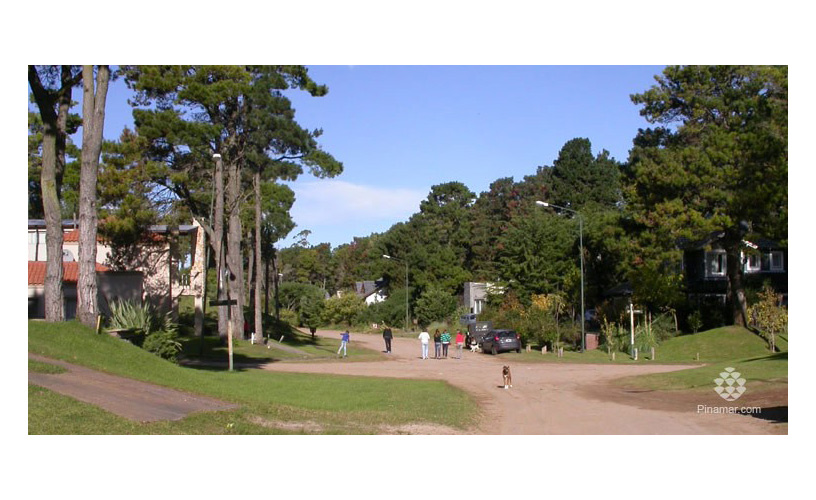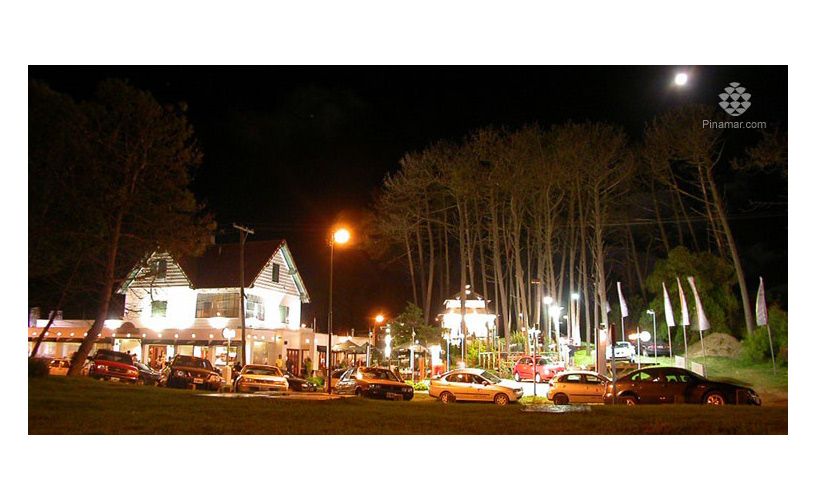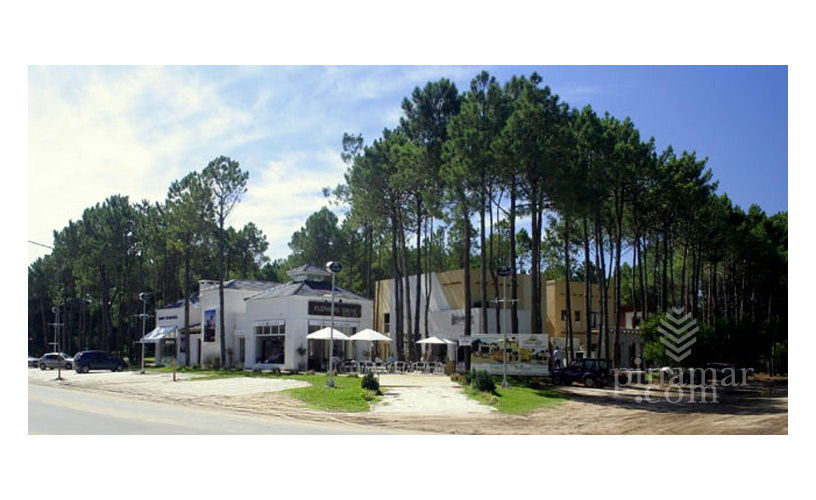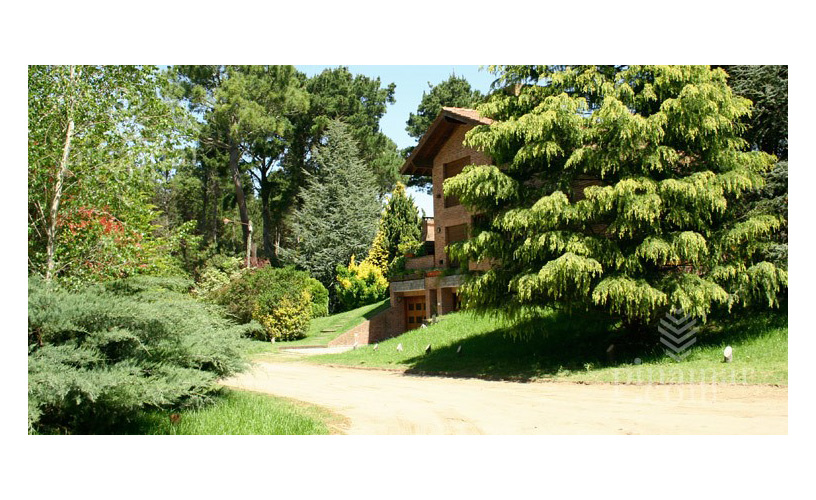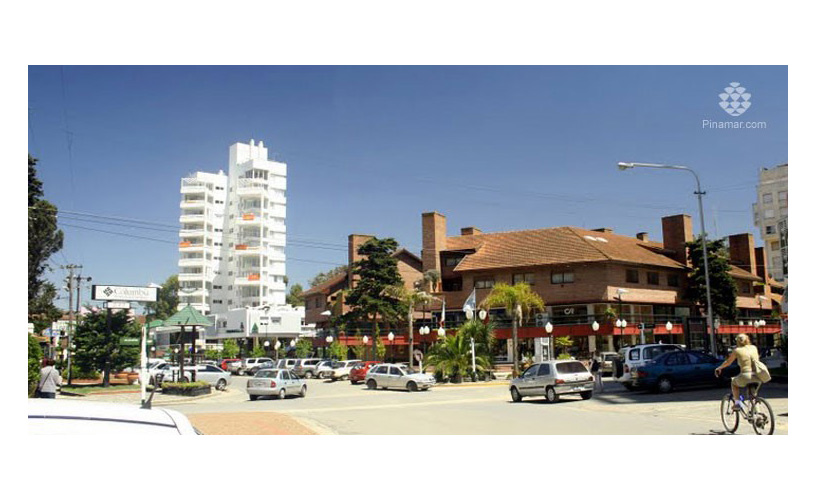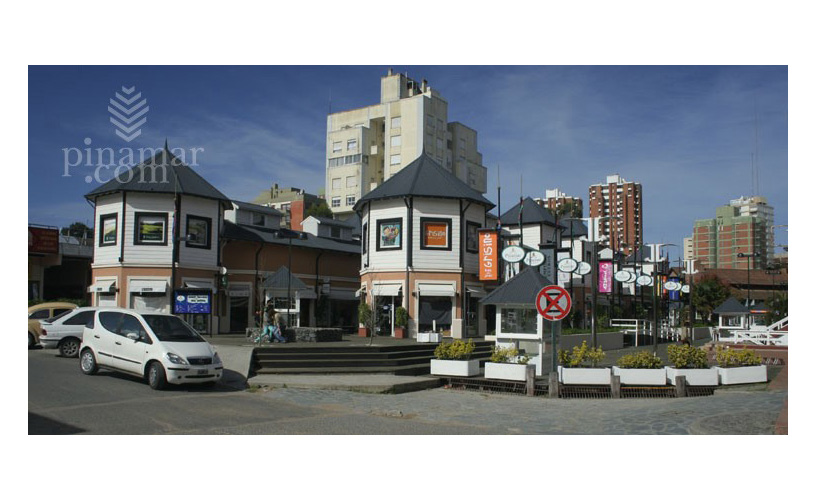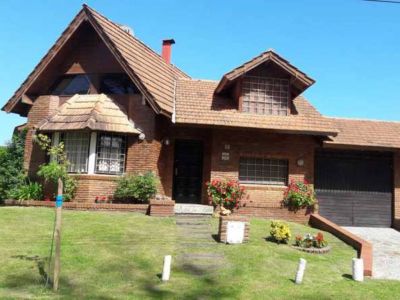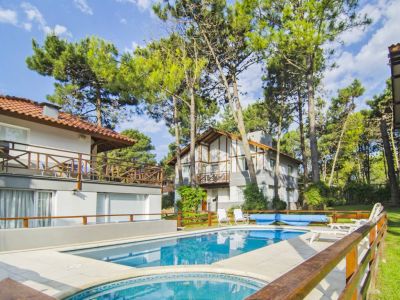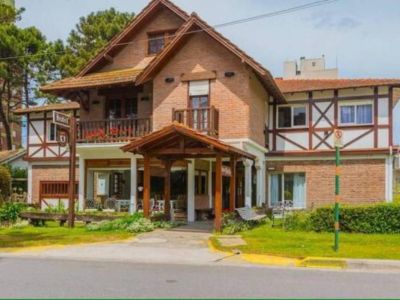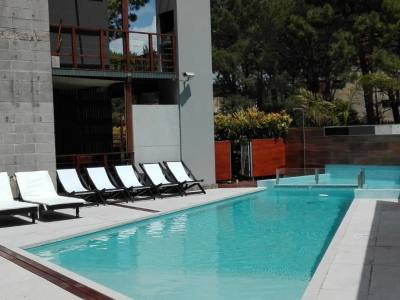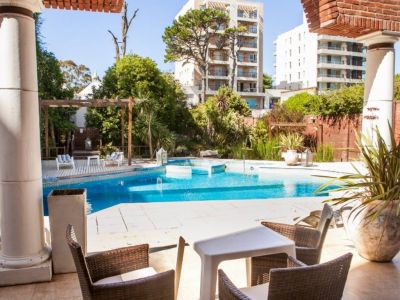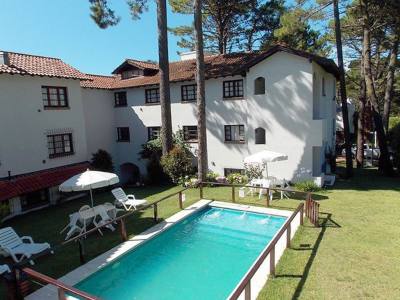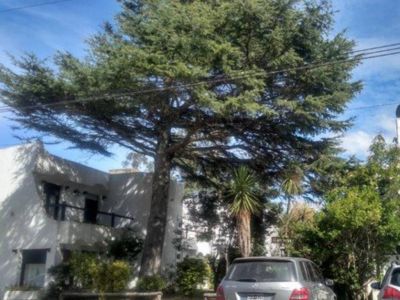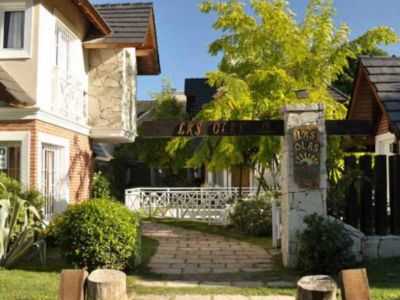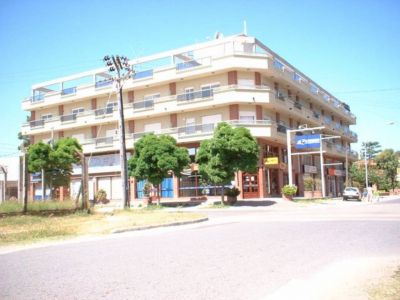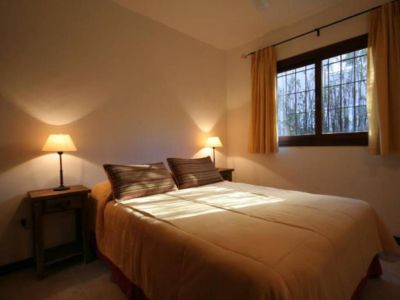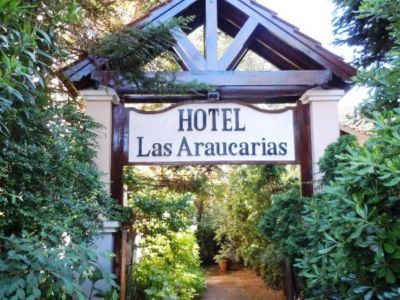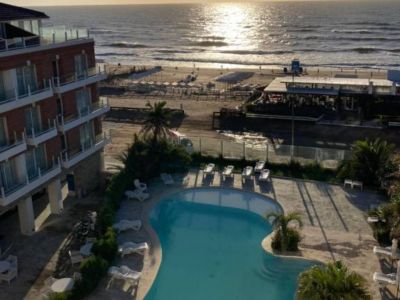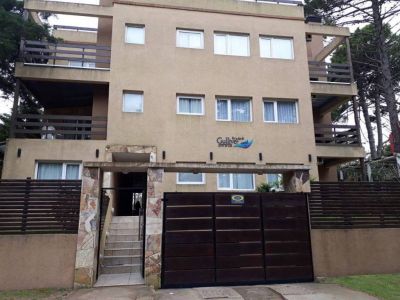Just 360 kilometers away from Buenos Aires lies one of the most exclusive seaside resorts on the Argentinian Atlantic coast. Characterized by its sand hill beaches, the pine tree woods and residential neighborhood mansions, it is the perfect scene to practice engine and sports activities.
Just 360 kilometers away from Buenos Aires, this seaside destination may be reached through Autovía 2 up to the District of Dolores and then turn into Provincial Route 63 up to the crossing with Route 11. Afterwards, travelers should take Route 56 and finally, Provincial Route 74.
Pinamar is one of most exclusive seaside resorts on the Argentinian Atlantic coast to spend the summer. Not only do the beaches, the sand hills and the pine tree woods make up this singular scenery, but also the architecture of the distinguished residences represents the attraction of this summer destination.
Its nightlife, sports (especially golf) and all the summer activities capture the attention of both grown-ups and children, who enjoy the leisure proposed by summer vacations.
The history of the seaside resort dates back to the 1940s, with architect Jorge Bunge, who signed an agreement with the Guerrero family for the afforestation of the sand hills in 1938 and, a couple of years later, he created the company Pinamar S.A. along with a group of industrial, rural and professional men in order to start urbanizing the area.
The first facilities were the Golf Club, the Tennis Ranch and the Riding Club. Towards 1942, the urbanization process began with the layout of the road system, the constructions of houses to lodge the hierarchical staff of the company and the Pinamar Hotel.
One of the urban features of the district is the layout of the streets which includes semicircles in some areas. The streets that run towards the sea are named after fish species, whereas those running parallel to the seashore and towards the North, in the residential area, have names of trees and birds.
It is convenient to start a city tour at Bunge Avenue, where the downtown becomes alive, teeming with stores, restaurants and pubs.
Upon reaching the crossroads with Del Libertador Avenue, one of the main arteries that run parallel to the seafront, a major commercial area starts towards the left. It is a kind of shopping mall in the open air and the epicenter of nightlife in the city, with a plentiful offer of venues where to enjoy a cup of coffee, a drink or just listen to music.
Following down Del Libertador Avenue, we reached Our Lady of Peace Church, a brick building with wooden roof truss structures at sight, a work done by architect Jorge Bunge. It has a main nave and a side belfry tower.
This city combines some paved streets with others made of dirt and sand. They are quiet streets, though in the summer, they welcome countless cars, 4WD vehicles, motorbikes and ATVs.
Following down Del Libertador Avenue towards the North, the mansions of the most residential and coquettish neighborhoods start to appear and the Golf link Pinamar course is unveiled among the undulations of the land. Projected by Bunge and Koonz, it was the first 9-hole course. A larger 18-hole par 72 course lies behind it. It was designed by Emilio Serra. Competitions sponsored by various companies are held in the summer on a daily basis.
The Tennis Ranch, one of the first institutions to be raised in town, can be found on Alcino Street. At the end of this main avenue, turned into a street made of dirt and sand, there lies the area known as La Frontera: the access to the most distant beaches and the sand hills zone.
A great deal of 4WD vehicles, motorbikes and ATVs is concentrated there. During January, a line of up to five and six kilometers of 4WD trucks maybe seen parked in front of the shore.
One way to return to the downtown is by following Avenida del Mar and seeing the great deal of beach venues. Each one has a different target: some of them are appealing to families, others to sport lovers and the rest to youths. In the latter, young people gather in the afternoon to listen to electronic music and enjoy a drink.
Back on Bunge Avenue, we observed the Pioneers Monument. We went up Bunge Avenue up to Marco Polo Street and turned left.
We entered one of the city’s semicircles, where the streets are named after mythological beings and lined by the first chalets built in the area. Towards the sea, on the corner of Del Odiseo Street, there lies the chalet called La Marejada, the first house ever built in Pinamar, by Parini, back in 1943.
Leandro Gutiérrez
Gentileza Pinamar.com
